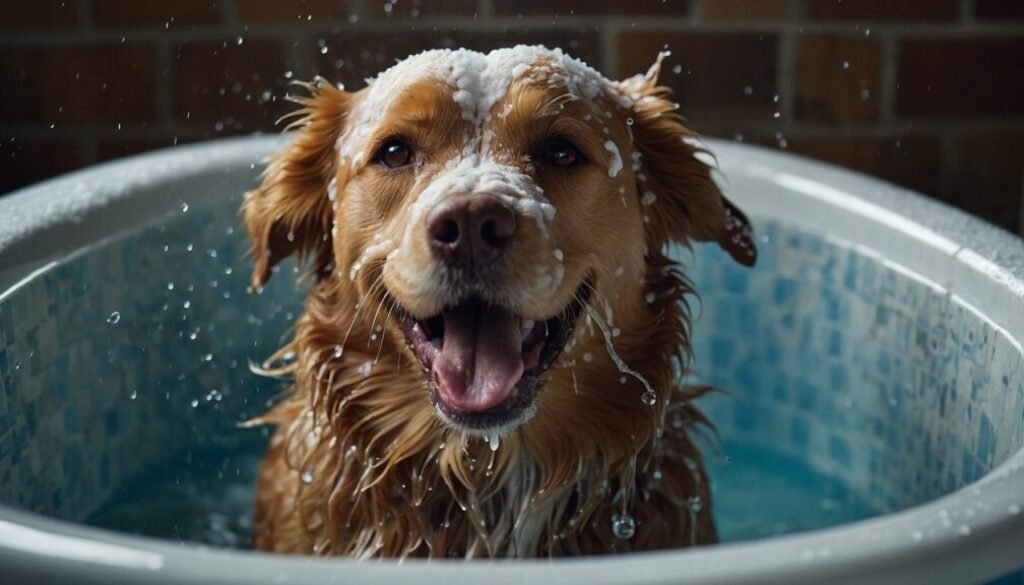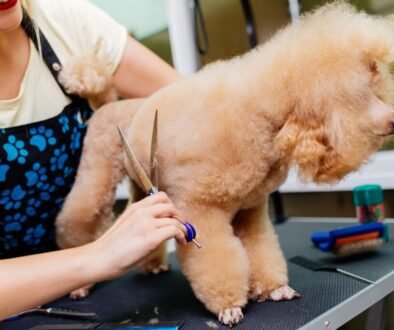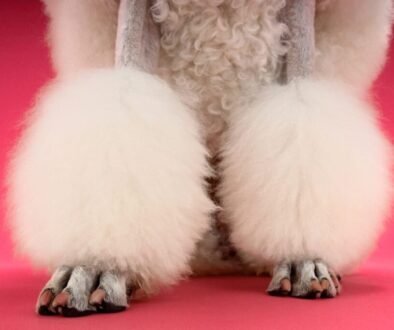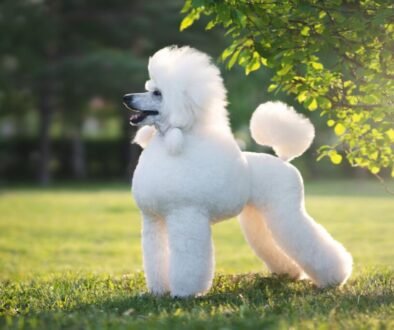How to Bathe Your Dog: A Step-by-Step Guide for a Happy, Clean Pup
Ever wonder if your dog really enjoys bath time, or if it’s just a furry form of punishment?
We’ve all been there—grappling with a squirmy dog, soap flying everywhere, and everyone walking away wetter than expected. Bathing your dog might seem like a chore, but with the right techniques, it can be a fun bonding experience! In this guide, we’ll show you how to make bath time stress-free and enjoyable for both you and your pup.
Why Bathing Your Dog Matters
Does my dog really need regular baths?
Yes, and here’s why! Regular baths don’t just keep your dog looking fresh—they help maintain healthy skin, prevent infections, and reduce shedding. Dirty dogs can carry allergens and pests like fleas or ticks into your home. Plus, bath time is a perfect opportunity to check your dog’s body for any lumps, bumps, or skin irritations.
Bathing also helps your pup smell nice, which—let’s face it—makes snuggling much more enjoyable!
Fun Fact: Dogs have over 220 million scent receptors in their noses (humans have only about 5 million), which is why they need help staying clean and fresh-smelling!
How Often Should You Bathe Your Dog?
Spoiler alert: it depends!
Some dogs, like those with oily coats, may need weekly baths, while others can go a month or more. Here are some general guidelines to help:
- Short-haired breeds (e.g., Beagles, Dalmatians): Once a month
- Long-haired breeds (e.g., Golden Retrievers, Afghan Hounds): Every 3-4 weeks
- Dogs with skin conditions: As recommended by your vet
- Active or outdoor-loving dogs: More frequent baths to wash off dirt, allergens, and debris
Essential Bathing Supplies
Before diving in, make sure you have these must-haves ready:
- Dog-specific shampoo (look for options designed for sensitive skin or shedding)
- Conditioner (optional but great for long-haired dogs)
- Brush or comb (for pre-bath detangling)
- Towels (more than you think you need!)
- Cup or detachable showerhead (for rinsing)
- Non-slip mat (to prevent slipping)
- Treats (to reward good behavior)
Pro Tip: Avoid using human shampoo on dogs, as it can irritate their skin due to a different pH balance. Instead, opt for shampoos formulated specifically for dogs.
The Best Way to Bathe Your Dog: Step-by-Step
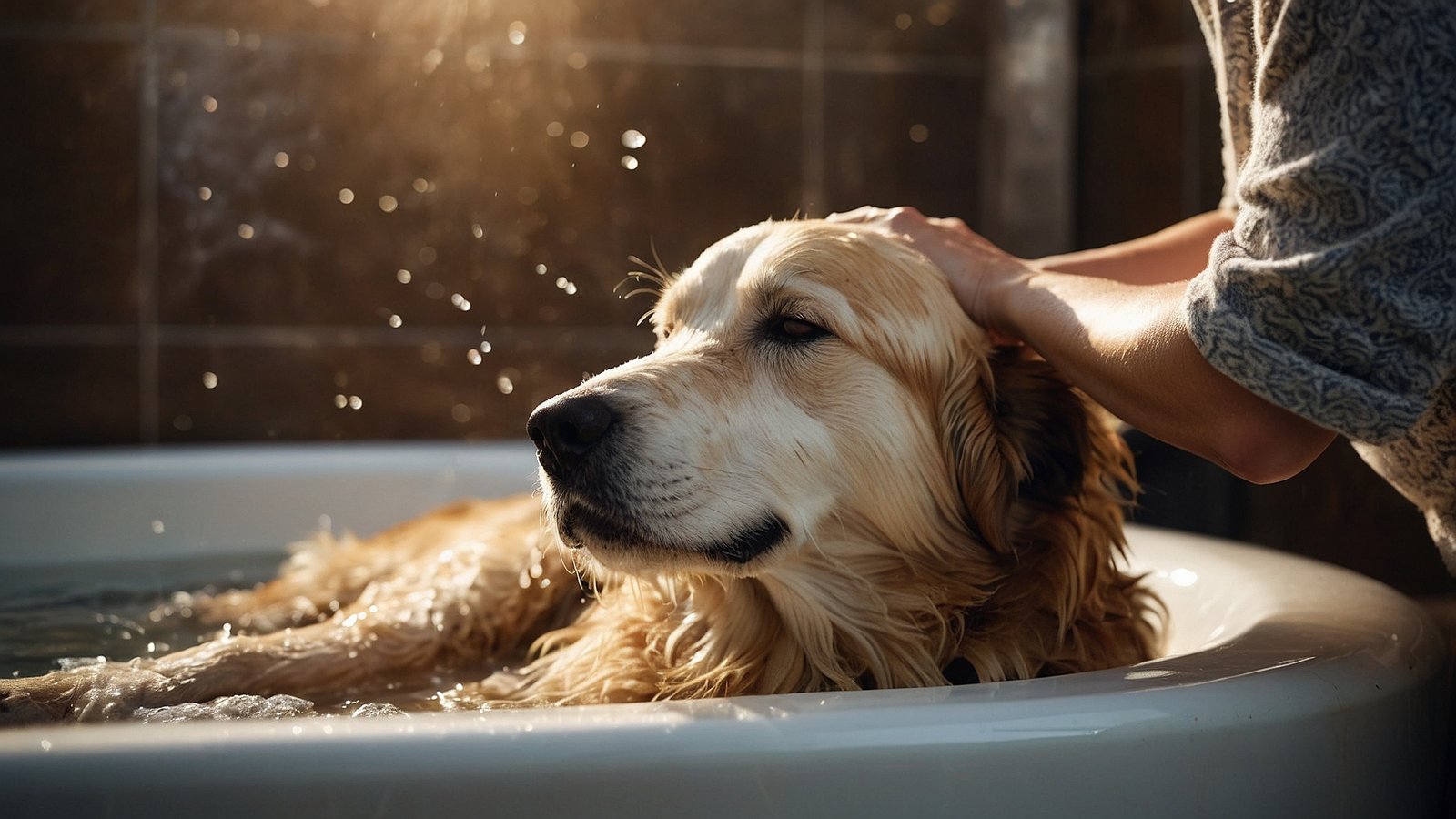
Let’s get down to business. Follow these steps to make bath time a breeze:
- Brush Before Bathing
Brush out knots and loose fur to prevent matting once the coat is wet. If your dog sheds, this is a good time to control the shedding. - Check the Water Temperature
Use lukewarm water—hot water can burn your dog’s sensitive skin, while cold water may make them uncomfortable. - Wet Your Dog Thoroughly
Starting at the neck, work your way down the body. Avoid the ears, eyes, and nose area. - Lather Up
Apply the shampoo and massage it into their coat, paying extra attention to dirty areas like the paws and belly. - Rinse, Rinse, and Rinse Again
Shampoo residue can irritate the skin, so be sure to rinse thoroughly until the water runs clear. - Dry Off
Use a towel to dry your dog as much as possible. For longer-haired breeds, you may want to use a blow dryer on a cool setting. - Reward with a Treat
Praise your dog and give them a treat for staying calm during the bath. Positive reinforcement goes a long way!
Bonus Tip: Need to give a dog a bath without getting soaked yourself? Invest in a long-handled sprayer or detachable showerhead to control the water flow more effectively.
How to Bathe a Dog That Hates Water
Got a water-shy dog? Here’s how to ease their anxiety:
- Start Slowly: Get your dog used to water by first using a damp washcloth or spraying water on their paws.
- Stay Calm: Your dog can sense your energy. Stay upbeat and relaxed to help keep them calm.
- Create a Positive Association: Use treats, toys, and praise to make bath time fun.
Pro Tip: Turn bath time into a mini spa session by giving your dog a relaxing massage during the bath.
Tips for Bathing a Dog with Sensitive Skin
For dogs with sensitive skin, the wrong shampoo can lead to itching, irritation, or even infections. Here’s what to keep in mind:
- Choose a Hypoallergenic Shampoo: Look for shampoos free of harsh chemicals, artificial fragrances, or dyes.
- Use Lukewarm Water: Hot water can further irritate sensitive skin.
- Avoid Over-bathing: Too many baths can strip natural oils, leading to dry skin.
Best Dog Bath Products for Shedding
Tired of dealing with fur all over the house? Try these products designed to reduce shedding:
- De-shedding shampoos: These help loosen the fur that’s ready to fall out.
- Rubber bathing brushes: Use them during bath time to remove excess fur.
- Conditioners for shedding: Conditioning your dog’s coat can help reduce future shedding.
DIY Dog Grooming: At-Home Hacks
No need to book a pricey groomer! You can easily maintain your dog’s hygiene with these simple hacks:
- DIY Dry Shampoo: Mix equal parts baking soda and cornstarch for a quick, water-free refresh.
- Coconut Oil: Apply a small amount to your dog’s fur after a bath for added shine and moisture.
- Apple Cider Vinegar: A diluted solution can help balance pH levels and soothe irritated skin.
Common Bath-Time Mistakes (and How to Avoid Them)
Avoid these common pitfalls for a smoother bath experience:
- Using Human Shampoo: Stick to dog-specific products to protect your pup’s skin.
- Skipping the Pre-Bath Brush: Always detangle fur before getting it wet.
- Not Rinsing Thoroughly: Leftover soap can cause skin issues, so always rinse well.
- Rushing the Process: Take your time to ensure a calm and enjoyable bath.
FAQ Section
What is the best way to bathe a dog?
Follow the steps outlined in this guide for a stress-free bath experience.
How often should you bathe your dog?
It depends on your dog’s breed and lifestyle, but typically once a month is a good rule of thumb.
What kind of shampoo is safe for dogs?
Look for shampoos that are hypoallergenic, pH-balanced, and free of harsh chemicals.
Can I use Dawn dish soap to wash my dog?
While it’s safe in emergencies (like removing grease), it’s best to use a dog-specific shampoo for regular baths.
Why do dogs get zoomies after a bath?
Post-bath zoomies are your dog’s way of releasing pent-up energy and celebrating their clean coat!
Conclusion
Bathing your dog doesn’t have to be a daunting task. With the right tools, tips, and a calm approach, bath time can become a special bonding moment between you and your furry friend. Follow this step-by-step guide, and soon your dog will look forward to their next spa day!
